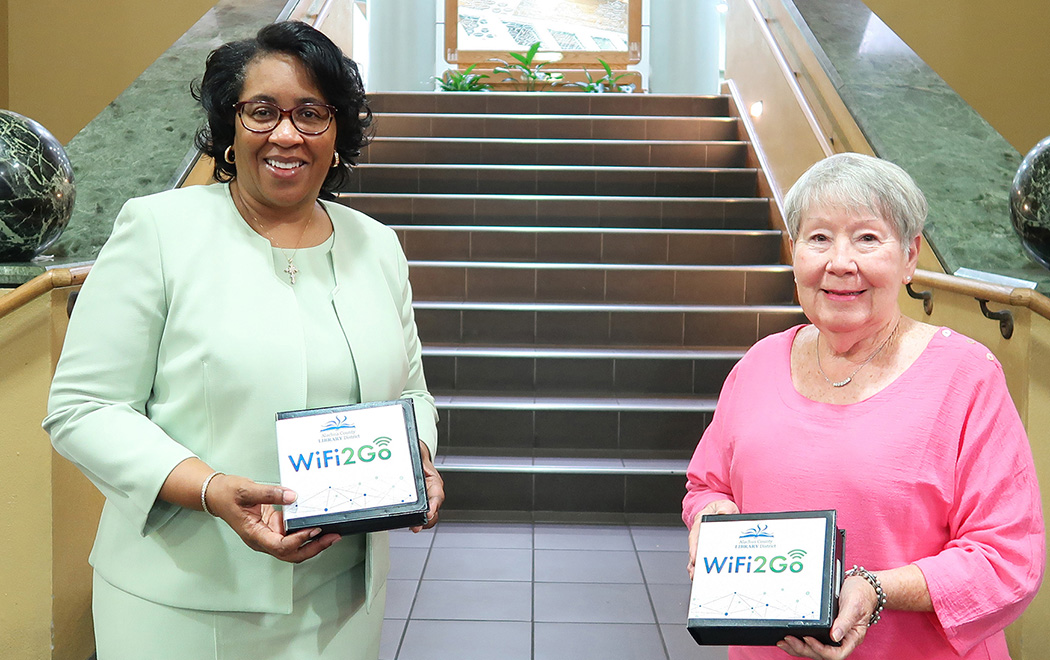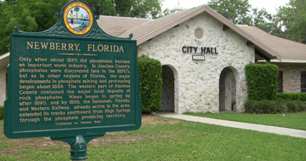NEWBERRY – The City of Newberry is set to move forward with a new wastewater treatment facility plan. On June 15, the City Commission voted unanimously to move ahead with the plan as described by Woodard & Curran Project Manager Justin DeMello and to also send the plan to the Florida Department of Environmental Protection (FDEP).
State law and growth management best practices require the City to monitor the capacity of its wastewater system to ensure that the capacity is not exceeded as a result of growth and new development. The wastewater treatment facility is authorized to operate and discharge its effluent into the environment via its Florida Wastewater Operating Permit. Newberry renewed its operating permit in 2021. As a condition of the 2021 wastewater permit renewal, the City is required to comply with higher treatment levels for nutrients and biosolids than the existing facility can accomplish.
Currently, Newberry’s wastewater treatment facility has a capacity of 560 million gallons per day (mgd). Based on an evaluation of anticipated growth rates, the City will need to bring additional wastewater treatment plant capacity online between 2025 and 2030.
Newberry will be working to secure project funding. DeMello said that with Commission approval, his firm will be exploring funding opportunities with USDA, FDEP and various other funding agencies.
He estimated total project costs at 40,897,55 including a new tertiary wastewater treatment facility, construction contingency, engineering and permitting services, construction administration services, and fiscal administration and legal at $849,000.
Florida Statutes provide for loans to local municipalities to finance the construction of wastewater facilities. The Florida Administrative Code requires the authorization by the City Commission to formally adopt a facilities plan outlining necessary wastewater facility improvements to comply with State of Florida funding requirements.
“The Facilities Plan for Clean Water is the basis for future funding to help the City obtain funding to keep citizens costs down,” said deMello. “This is a funding application we are moving forward with tonight.”
Commissioner Tim Marden moved to adopt the resolution and authorize staff to proceed. Commissioner Rick Coleman seconded the motion and it was unanimously approved.
In other business, the Commission also unanimously approved sending a loan application to the Florida State Revolving Fund Loan Program for Drinking Water Facilities and authorized staff to initiate development of a planning document/facilities plan with a qualified firm. The cost for the planning process is estimated to be $150,000.
Director of Utilities and Public Works, Jamie Jones said Newberry needs an additional elevated tank for fire flow. He said if the larger of the two existing elevated tanks needed servicing, the smaller tank might not be adequate. The City’s FY 2021-2022 approved budget includes funding for construction of additional water storage facilities.
Because of the low interest loan rates and the opportunities for grant funding, staff recommended utilizing the state’s financing program for the project. The City Commission approved the submission application.
# # #
Email cwalker@
alachuatoday.com






